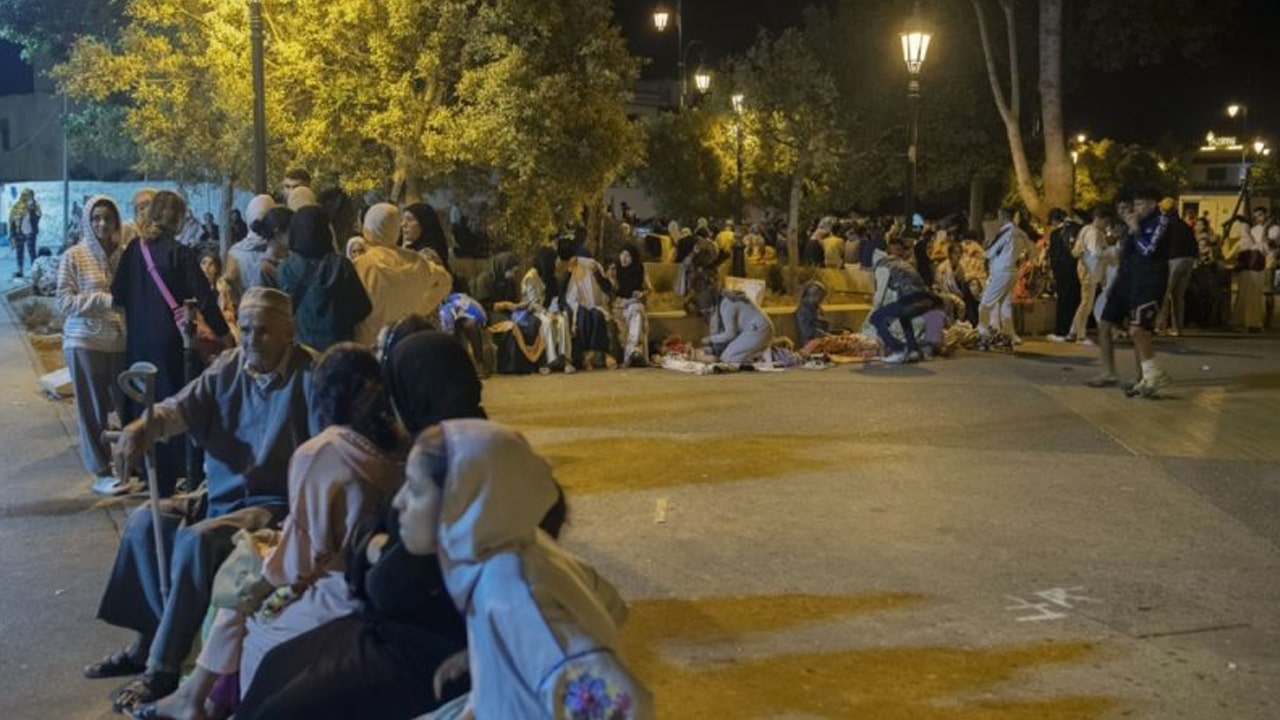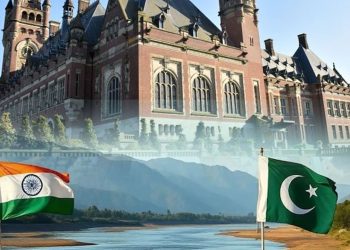According to the Interior Ministry, the figure represented a preliminary death toll, and 153 people had been hurt. According to a local official, the majority of fatalities occur in remote mountainous areas.
Residents of Marrakech, the largest city closest to the epicentre, reported that some structures in the old city, a UNESCO World Heritage site, had collapsed. Local television showed images of a toppled mosque minaret with rubble falling on crushed automobiles. In its broadcast statement on the death toll, the Interior Ministry advised calm, noting that the earthquake had struck the provinces of Al Haouz, Ouarzazate, Marrakech, Azilal, Chichaoua, and Taroudant.
The majority of the homes there, according to Montasir Itri, a local of the mountain community of Asni close to the epicentre. He stated, Our neighbors are under the rubble, and people are frantically trying to rescue them using available means in the village.
Teacher Hamid Afkar claimed to have left his home and experienced earthquakes further west, close to Taroudant. “For around 20 seconds, the earth rocked. As I ran downstairs from the second story, doors opened and shut by themselves. According to Morocco’s geophysical centre, the 7.2-magnitude earthquake occurred in the High Atlas region near Ighil. According to the USGS, the earthquake was reported to have a magnitude of 6.8 and to have occurred at a relatively shallow depth of 18.5 km (11.5 miles). About 70 kilometers (40 miles) southwest of Marrakech is the mountainous region of Ighil, which has a few tiny farming communities.
At little after 11 p.m. (2200 GMT), the earthquake occurred. The earthquake is the deadliest to strike Morocco since a tremor in 2004 that struck close to Al Hoceima in the northern Rif mountains claimed over 600 lives. According to local Id Waaziz Hassan, some houses in Marrakech’s densely populated old city have collapsed, and residents are laboriously removing debris by hand as they wait for heavy machinery.
Large breaches were visible on one piece of the mediaeval city wall as well as parts of the wall that had fallen, leaving rubble on the street. Brahim Himmi, a different Marrakech local, reported seeing ambulances and many damaged building facades leaving the old town. People, he claimed, were terrified and waiting outside in case there was another earthquake.
I escaped as the chandelier dropped from the ceiling. Houda Hafsi, a 43-year-old woman from Marrakech, said, I’m still on the road with my kids, and we’re afraid. Dalila Fahem, another woman present, reported damage to her furniture and cracks in her home.
Fortunately, she said, “I hadn’t fallen asleep yet. According to Reuters witnesses, residents of Rabat, which is located 350 kilometers (220 miles) to the north of Ighil, and Imsouane, a coastal town 180 km to the west, also left their homes out of concern for a larger earthquake.
People who spent the night on the streets in Casablanca, which is located 250 km north of Ighil, were too terrified to go inside their houses. Everyone was terrified when the house violently rocked, according to resident Mohamed Taqafi. My house is ancient and frail, so I assumed it was only shifting. Everyone left their homes when they heard screams.
Social media videos of the early aftermath of the earthquake, which Reuters was unable to independently verify, showed people frightfully fleeing from a mall, eateries and residential complexes and assembling outdoors.






